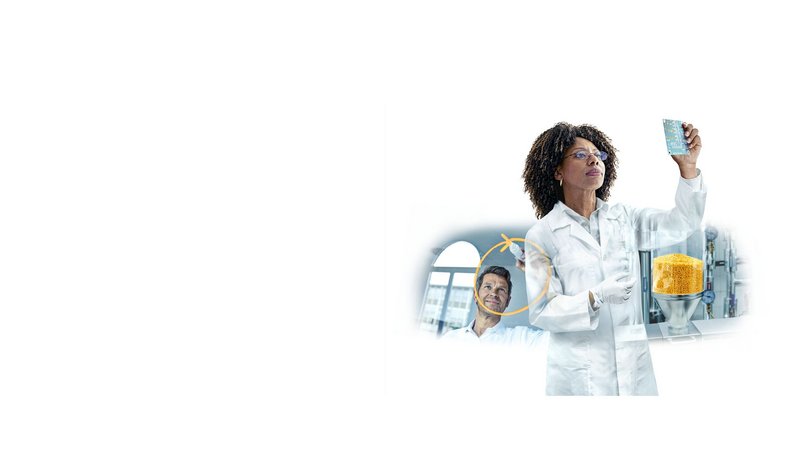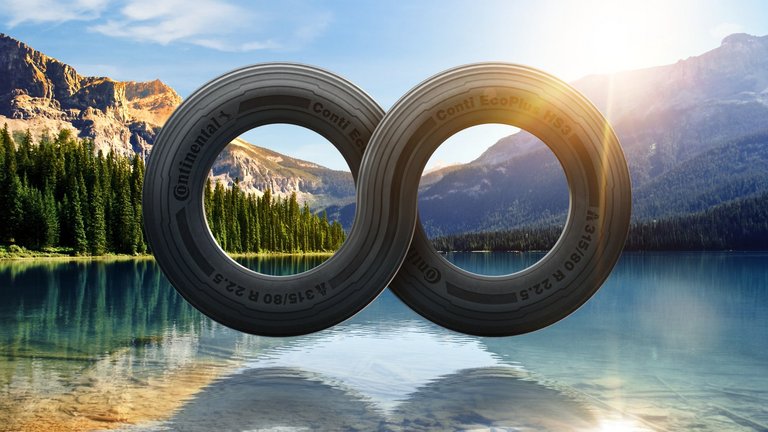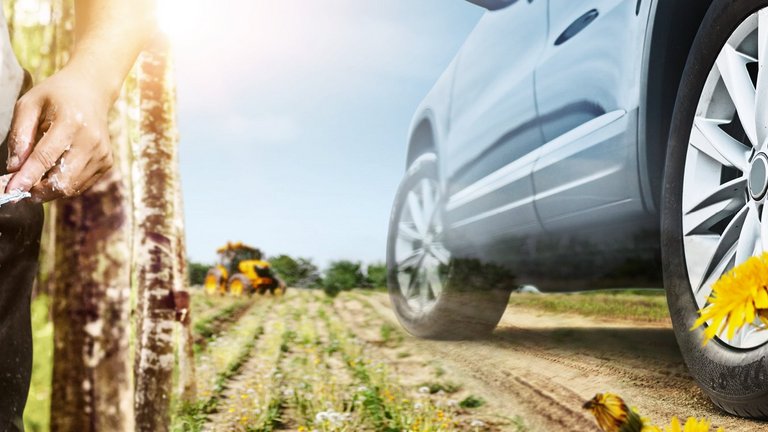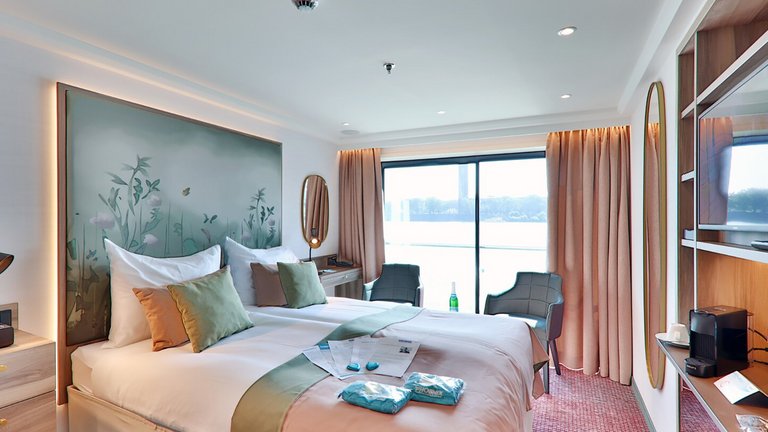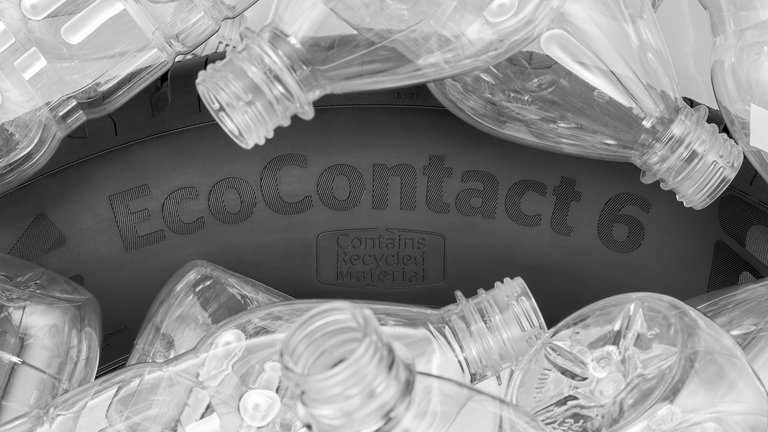Circular economy
A circular economy will be the business model of the future. It can help to make limited resources infinitely usable and shape the economy in a way that treats resources sustainably. The aim is to close product and resource cycles and avoid waste at the end of a product's life.
Circularity revolutionizes business models
Circular economy means an extensive transformation and redesign of existing processes – from product design to use and procurement of materials – with the aim of recovering resources.
This transformation brings with it considerable opportunities. It ensures the long-term availability and affordability of materials and opens new business models. For example, companies that offer maintenance and recycling of products can generate enormous growth.
The recycling model commonly used today is only a small step in the right direction. Since, through recycling, most materials suffer a loss in quality over the long term, known as downcycling. Current recycling processes can therefore only be used as a transitional solution.
From individual companies to the entire cycle
A business model that is truly circular cannot be implemented by one company alone. It requires a cycle in which the partners in the value chain work closely together. This enables biological, technical and product cycles to run smoothly and efficiently.
We are working intensively to reduce the waste generated at our locations and increase our recycling rate to 95% by 2030. In this way, we are already setting the course for a future in which the resources used are put to the best possible and long-lasting use.
By 2050 at the latest, we want to fully close our product and resource cycles together with our partners – and make circular economy a reality.
